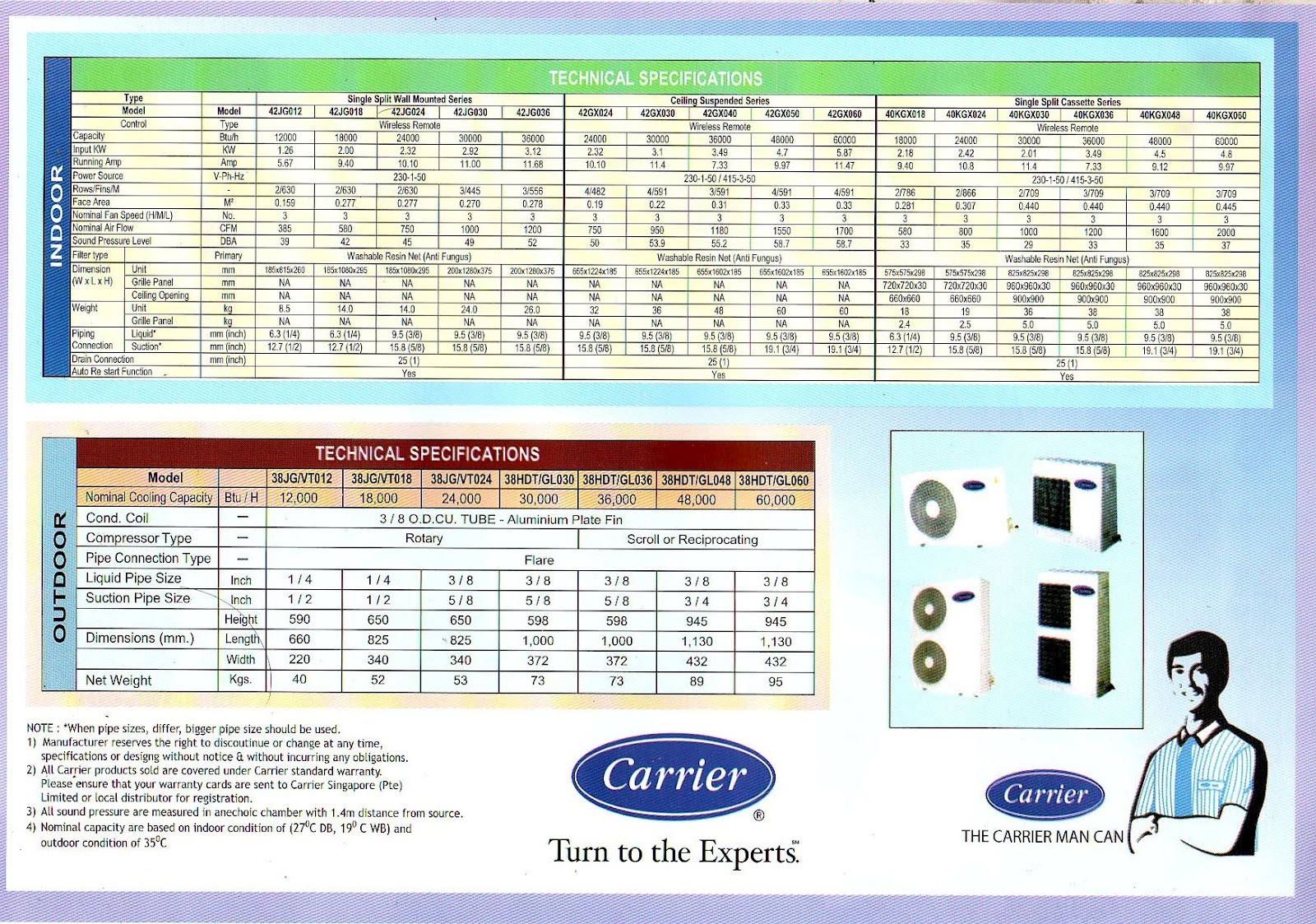Is your Carrier AC unit making a strange buzzing sound? Or worse, is it completely silent when it should be humming along, keeping you cool? The culprit might be a small but mighty component: the AC contactor. This unassuming electrical switch plays a pivotal role in powering your AC’s compressor, the heart of the cooling operation. Understanding this crucial part can save you from sweaty nights and hefty repair bills.
Think of the contactor as the bouncer at an exclusive club (your AC unit). It controls who gets in (the electricity) and who stays out. When your thermostat calls for cool air, it sends a signal to the contactor, which then closes a circuit, allowing power to flow to the compressor. When the desired temperature is reached, the contactor opens the circuit, cutting off power and giving the compressor a break. It's a constant on-again, off-again relationship, all in the name of climate control.
The history of AC contactors is intertwined with the evolution of air conditioning itself. Early cooling systems relied on manual switches, but as technology advanced, the need for automatic control became apparent. The contactor emerged as the perfect solution, offering a reliable and efficient way to manage the high-voltage demands of AC compressors. This small device has been instrumental in making modern air conditioning possible, ensuring a consistent, comfortable indoor environment in homes and businesses worldwide.
So, why is this little electrical switch so important? Well, without a functioning contactor, your Carrier AC unit simply won’t cool. A faulty contactor can lead to a range of issues, from reduced cooling capacity to complete system failure. Common problems include a buzzing sound (indicating a failing coil), overheating, or a complete lack of response. Understanding the function of the contactor helps you diagnose these problems and determine whether a simple fix or a replacement is necessary. It’s like knowing the basics of car maintenance – a little knowledge can go a long way.
The contactor itself is relatively simple in design. It consists of an electromagnetic coil and a set of contacts. When the coil receives a signal from the thermostat, it creates a magnetic field that pulls the contacts together, closing the circuit and allowing power to flow to the compressor. When the signal stops, the magnetic field collapses, and the contacts open, cutting off the power. This simple mechanism is the key to regulating your AC’s cooling cycle.
One benefit is energy efficiency: by precisely controlling the compressor's operation, the contactor prevents unnecessary energy consumption. Another benefit is prolonged compressor life: by regulating the power supply, the contactor protects the compressor from damage caused by voltage fluctuations and excessive cycling. And finally, improved comfort: a functioning contactor ensures consistent cooling, preventing temperature swings and maintaining a comfortable indoor environment.
Troubleshooting a suspected contactor issue often begins with checking the unit for any obvious signs of damage, such as burn marks or loose wiring. If the contactor is buzzing loudly, it might indicate a problem with the coil. If the unit isn’t cooling at all, a multimeter can be used to test the contactor’s continuity.
Advantages and Disadvantages of Replacing a Carrier AC Contactor
| Advantages | Disadvantages |
|---|---|
| Restores cooling functionality | Can be costly if professional help is required |
| Improves energy efficiency | Requires some technical knowledge for DIY replacement |
| Extends the lifespan of the compressor | Incorrect installation can damage the unit |
Frequently Asked Questions:
1. What does an AC contactor do? It acts as a switch, controlling the power supply to the compressor.
2. How do I know if my contactor is bad? Common signs include buzzing, overheating, or no cooling.
3. Can I replace a contactor myself? With some technical knowledge and the right tools, it’s possible.
4. How much does a new contactor cost? Prices vary, but expect to spend between $50 and $150.
5. How long do contactors typically last? They can last for several years, depending on usage.
6. What causes a contactor to fail? Common causes include wear and tear, electrical surges, and overheating.
7. How can I prevent contactor problems? Regular maintenance and inspections can help identify potential issues early on.
8. Where can I buy a replacement contactor? HVAC supply stores, online retailers, and sometimes even hardware stores.
In conclusion, the AC contactor in your Carrier unit is a small but essential component responsible for controlling the cooling cycle. Understanding its function, common issues, and troubleshooting steps can help you maintain a comfortable indoor environment and potentially save on costly repairs. From its humble beginnings as a simple switch to its modern-day role as a crucial element in climate control, the AC contactor remains a vital part of any cooling system. By taking the time to learn about this important component, you can ensure your Carrier AC unit runs smoothly and efficiently for years to come. Be proactive in addressing any potential issues, and don't hesitate to consult a professional if needed. After all, a cool and comfortable home is worth the effort.
Unlocking the power of starbucks gift cards in bulk
The intrigue of the quantum proactive bowling ball
Quench your thirst decoding filtered water machine costs near you









